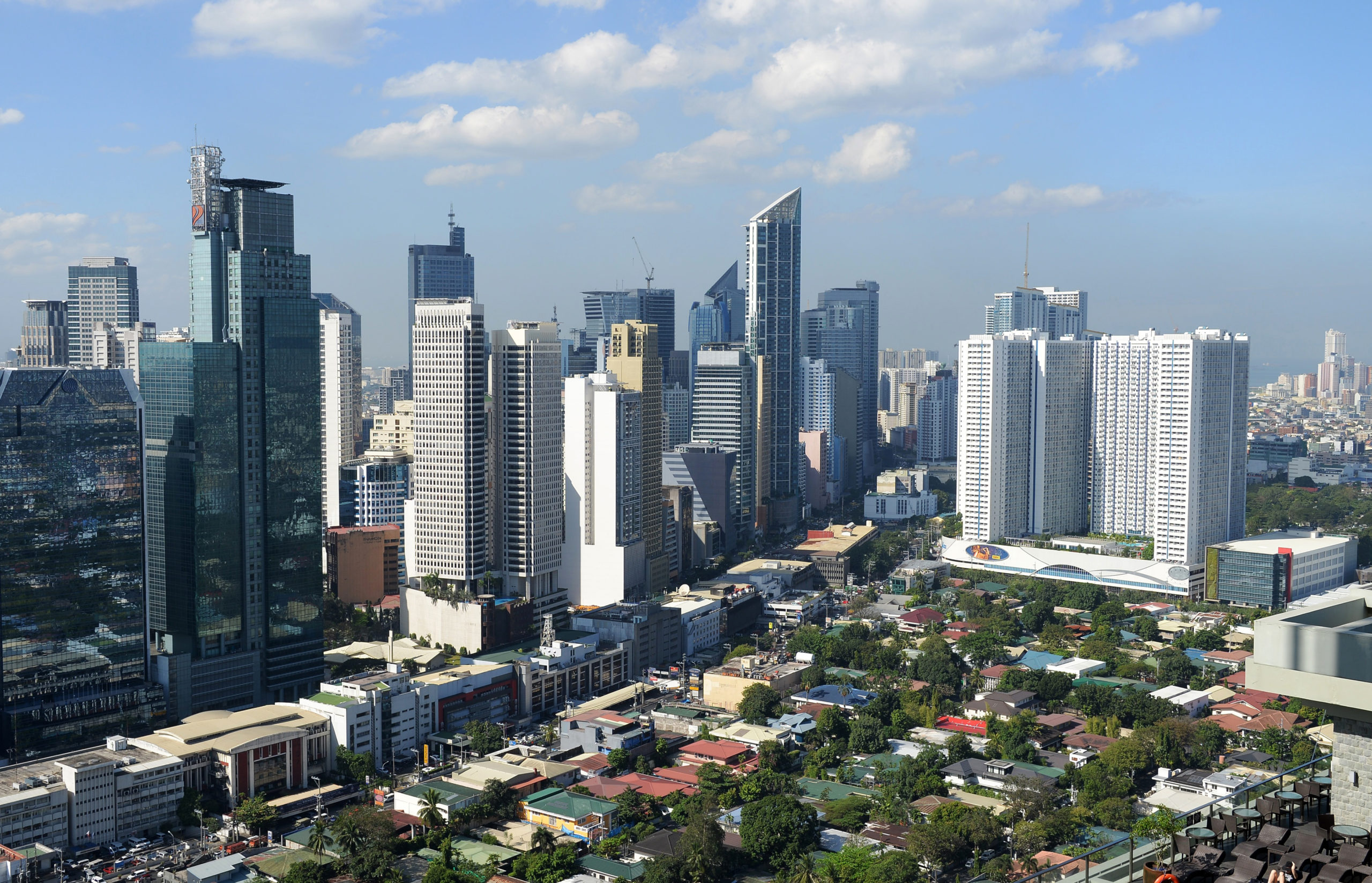
This photo taken on January 29, 2019 shows a general view of the skyline of the financial district of Makati in Manila. (Photo by Ted ALJIBE / AFP)
While the Philippines is expected to grow by more than 5 percent this year, it is still considered one of the worst performers by Moody’s Analytics.
“Output in the Association of Southeast Asian Nations group of economies is more than 6 percent behind the prepandemic trend, with the Philippines and Thailand faring the worst,” the credit ratings agency said in a report.
For the first quarter, the Philippine economy expanded by 5.7 percent, outdoing most of its neighbors in Southeast Asia amid slowing household consumption and public spending.
The country’s first-quarter growth sits with Vietnam’s 5.6 percent and above China’s 5.3 percent, Indonesia’s 5.1 percent, Singapore’s 2.7 percent, Thailand’s 1.5 percent and Malaysia’s 3.9 percent.
Michael Ricafort, chief economist at Rizal Commercial Banking Corp. attributed the Philippine’s weak performance to accelerating inflation and high interest rates, which increased borrowing costs and hampered businesses from returning to prepandemic level of activities.
Alongside its neighbors in Southeast Asia, the Philippines, Moody’s said, remained “outperforming but underachieving,” as growth in the region in the coming months could be dragged down by sticky inflation and a high interest rate environment.
“Gross domestic product in much of the region is running far below potential, especially in Southeast Asia, where output tumbled during the COVID-19 pandemic. Without stronger growth, the region has little chance to repair this damage,” Moody’s Analytics said.
In its June forecast, Asia-Pacific is set to grow by 3.9 percent in 2024 and 2025, well above the global economic growth forecast of 2.6 and 2.7 percent, respectively.
On the local front, the Monetary Board has kept the benchmark rate steady at a 17-year high of 6.5 percent, following cumulative hikes of 450 basis points to bring down inflation. INQ